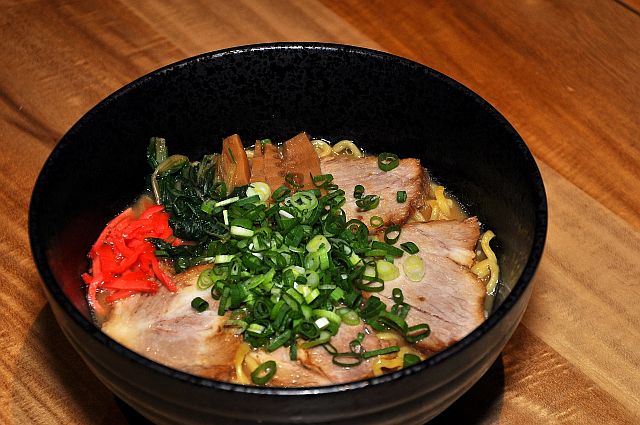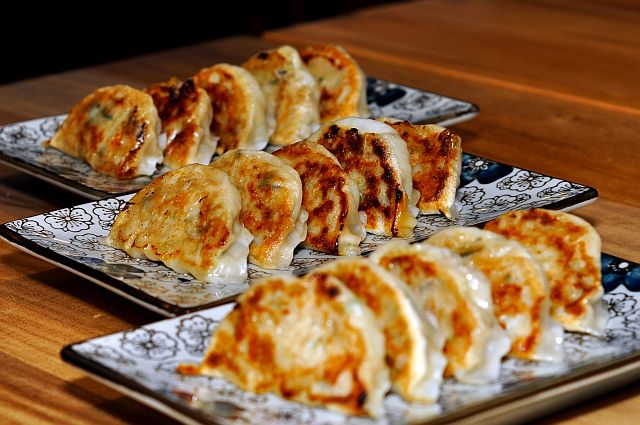
Shoyu Chashumen
THE NAME Philip Rodriguez is the epitome of lifestyle, sophistication and good taste. He is, after all, Cebu’s fashion czar, whose classic design and creations continue to spell elegance to the elite society. The family’s decades of connoisseurship in fabric set off his natural flair for designing clothes when Philip managed Piere Angeli immediately after earning a Business Management degree from the University of the Philippines.
My daughter Patricia’s modeling career actually started with Philip Rodriguez when she was still a high school student in St. Theresa’s College. And after moving on to establish a modeling career in New York and Europe years later, she continues to look back to Philip who was one of her earliest mentors.
Philip’s invitation to his family’s latest business venture, the Ramen Kamekichi, was very timely, with Patricia and her two kids Silvian and Sabrina visiting from New York. It turned to be an evening of reminiscing for the two of them, looking back to his fashion shows here and abroad while enjoying the Japanese cuisine of Ramen Kamekichi along Gorordo Avenue beside the family’s Carolina’s Lace & Fabric Shop.

Philipi Rodriguez and Patricia dela Cruz Virvescu
Ramen Kamekichi, then solely owned by Japanese Takehiko Kameyama, has been popular for the Yokohama style light and guilt-free ramen since 2000. Philip and his family were one of the regular patrons who frequented the restaurant located in Mabolo. With its imminent closure, they decided to go into partnership with Takehiko and expanded the authentic Japanese cuisine in its new location along Gorordo Avenue, which opened late last year. While most ramen shops are small, the new Ramen Kamekichi’s big area can accommodate almost a hundred seats. The restaurant offers an extensive Japanese cuisine aside from the signature Yokohama Ramen.
Ramen is a noodle dish with unclear origins. Some say it is was originally imported from China and has become the most popular dish in Japan. The word “ramen” is the Japanese pronunciation of the Chinese word “lamien,” which means noodles.
Every region in Japan has its version of the basic “tonkotsu” (pork bones) broth simmered for many hours to draw out the rich flavors.
Ramen Kamekichi has no less than 13 different varieties including the classics: Shoyu (soy sauce based), Chashumen (braised pork), Miso (fermented soy beans), Shio (salt based). Seafood Ramen is also available. Slurping, which can be as annoying, is suggested to enhance flavor and helps cool down the piping hot noodles.

Gyoza
Philip adds that their chashu or braised pork belly is not torched or grilled and usually added as topping in most Chashumen.
In addition to the ramen courses, Philip suggested Gyoza (potstickers), Chicken & Pork Yakitori (BBQ), Okonomiyaki (Japanese savory pancakes), Chahan (fried rice with many ingredients), Tonkatsu (breaded pork), Buta Ika Shougayaki (pork and squid fried with ginger) and Mobu Tofu.

Seafood Ramen
Sabrina enjoyed Tonkatsu or breaded pork Bento Box Meal.
To sweeten our palates after a very savory dinner, we were served tall glasses of delightful Fresh Japanese Sweet Corn Ice Coolers created by Daia Uytengsu (Philip’s sister) who manages the family’s food businesses.



